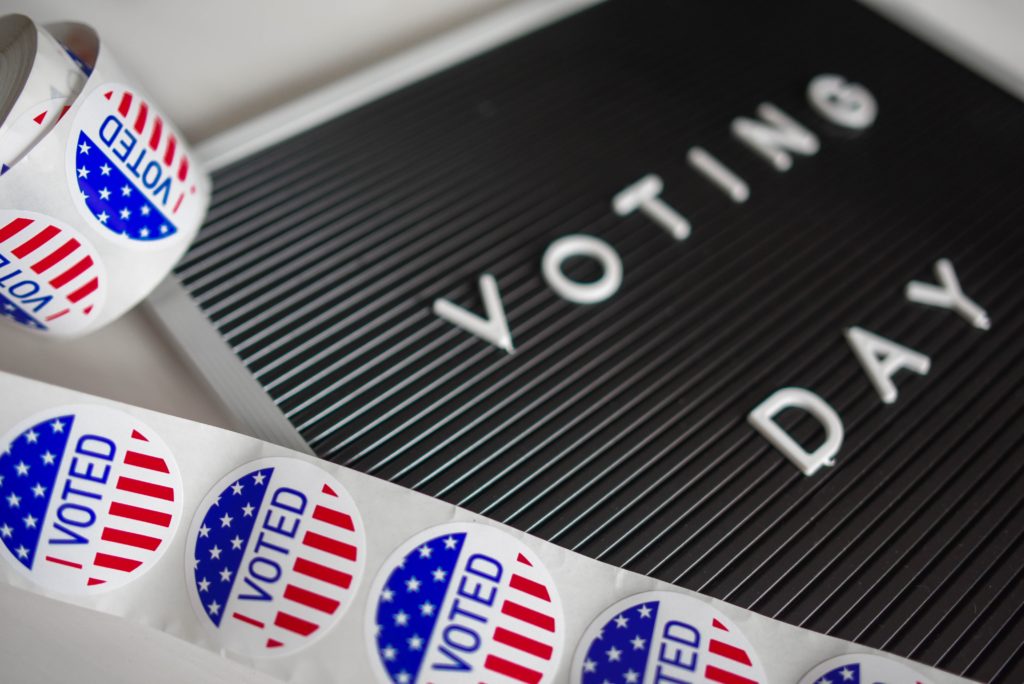
100 Years After Women’s Suffrage, US Voters Still Face Countless Barriers
August 3, 2020As it’s commonly told, in 1920, the 19th amendment granted American women the ability to vote. But the reality is more complicated.
In fact, the amendment was ratified in part because of the exclusionary rhetoric behind it; the women’s suffrage movement was undergirded by anti-Blackness and racism. In their paper Revolution, Susan B. Anthony and Elizabeth Cady, who formed the National Woman Suffrage Association together in 1869, wrote, “[I]f you will not give the whole loaf of suffrage to the entire people, give it to the most intelligent first. If intelligence, just, and morality are to have precedence in the government, let the question of the woman be brought up first and that of the negro last.”
As we commemorate the 100th anniversary of the 19th amendment, suggesting that it gave all women the right to vote is a slap in the face to those left out of its original plans. While white women were permitted to participate in the functions of the U.S. government, women of color didn’t actually gain those opportunities until years later. And even with voting rights made law, history shows time and time again that a word being written does not mean it is practiced. For example, individual states were allowed to decide if Native Americans could vote until the passing of the 1924 Indian Citizenship Act—and even then, it excluded those who lived on reservations.